

ARIZONA
August 2003

2 of 3


ARIZONA
August 2003


2 of 3
All text copyright © Eitan Grunwald. All photographs copyright © Eitan or Ron Grunwald
except photographs by others are copyright per photo credits. All rights reserved. Terms
Black-tailed Rattlesnake
Crotalus molossus
The next day we head for the mountains. Previously, my only herping frame of reference for AZ had been the
Sonoran Desert, where temps soar well above 100° F during the summer, forcing most reptiles and amphibians to
escape dehydration by staying safely underground during the day. What I didn’t know about were the “sky islands”,
a series of mountain ranges in the southeastern corner of the state, and the late summer thunderstorms that stimulate
herp and herper activity there.
One of those ranges is the Chiricahuas, rising almost 6,000 feet higher than the surrounding desert and semi-arid
grasslands. For every increase of 1,000 feet, the average temperature drops about four degrees and annual rainfall
increases about four inches. Thanks to the reduction in heat and addition in moisture, the mountains are covered in
pine forests laced with permanent streams, supporting a variety of high-elevation herps that are active on the surface
throughout the summer. Even in the desert below, reptiles and amphibians get restless from the increase in humidity
with the advent of monsoon season.
The process starts in May
/
June, when the winds are coming from a dry westerly direction, so humidity is low
and temps are high. By July the atmosphere has warmed up and the jet stream retreats northward, allowing winds to
shift from the south, bringing moisture up from the Sea of Cortez and Gulf of Mexico. Towering thunderheads build
in the heat, then release torrential rain in severe storms that descend on the mountains and wash through the deserts
till the end of summer. The herps just love it, so every August the Arizona faithful make a pilgrimage to the sky
islands to see what will turn up for the show, and this year we are invited by Emily and Marty to join the gang for
their annual gathering in the Chiricahuas.
We arrive in the mountains a day before the group get-together, so Danny and I do a little hiking and road
cruising on our own. Don’t see much while driving during the day, except an elusive Coachwhip who streaks across
the road into the cover of a mesquite shrub before pulling an amazing vanishing act
―
somewhere at the base of the
bush it just disappears in front of our eyes. Hiking in the woods we come across very little, just an occasional lizard,
so we head into town for dinner before returning to the roads at night.
We start to cruise just before sunset and quickly spot our first snake, the first of four Mojave Rattlesnakes that
night. This one is stretched out and its body flattened, maximizing its surface area to soak up as much warmth from
the pavement as it can. Also find a tiny neonate with the cutest little button and a small juvenile curled up by the side
of the road. We capture the first one for photos the next morning (releasing it where it was found). Although it
appeared dull brown at night, we are pleased to discover by day just how green it actually is.
What really surprises us, though, is the number of toads on the road. Though not as arid as the low desert, it is
still plenty hot and dry; the last thing we expect to see in quantity are amphibians. I suppose they sense the increase in
humidity as thunderstorms form in the distance. In any event, we see TMTC (too many to count) Great Plains Toads,
but the real excitement comes from finding a pair of Spadefoot Toads, something we rarely see back east.
Meet up with Emily, Marty and the rest of the herping party later in the day. Pitch camp and pause to admire
the cryptic pattern of Mountain Spiny Lizards blending in to the rough bark of alligator juniper trees, while Danny
delights in the insect life he finds congregating at a nearby stream.
It gets dark, and that means starting the search for my top target species of this trip. For years I’ve been
admiring Black-tailed Rattlesnakes from photographs, hoping someday to see them in the field. In particular, the
handsome high-yellow variety found in the Chiricahuas was high on my list, and now I’m in the right place and time
to find them. I’ll admit to having high expectations, and I was not disappointed.
Danny and I come round a curve and find a car parked in the middle of the road, its high-beams blinding us for
a moment so we can’t see why the driver is stopped. Then out of the glare we can make out the image of a heavy-
bodied snake slowly moving across the pavement . . . our first Black-tail! We think the other driver is a fellow herper,
but turns out he is just a curious tourist who stopped to take a picture. We bag the snake, along with two other Black-
tails we find that night, to bring back to camp for everyone to see (all snakes were released where they were found).
We also find several Mojaves, a Desert Kingsnake, a Western Diamondback, and a pretty Green Toad. The other
herpers bring back their finds for show-and-tell as well, and the next morning we line everyone up for photos.

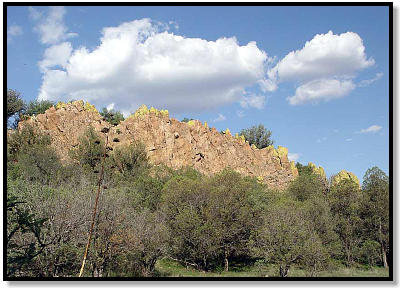

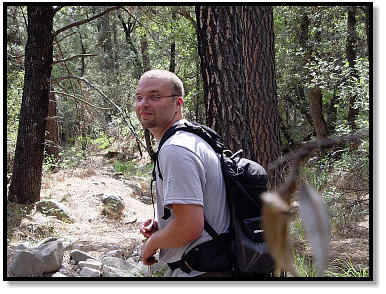

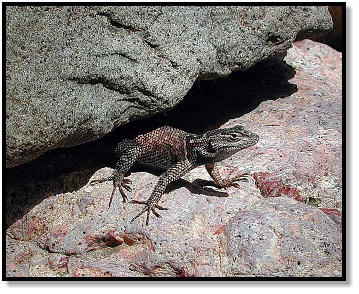


Mountain (Yarrow) Spiny Lizard
Sceloporus jarrovii
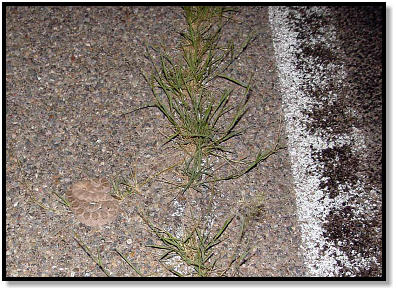

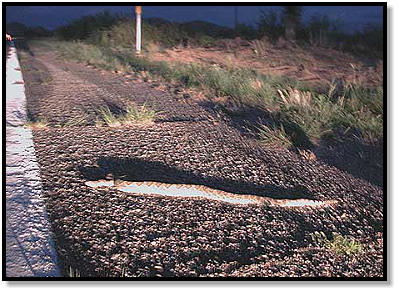

© Danny Mendez
© Danny Mendez
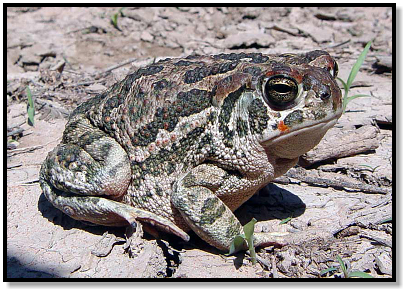
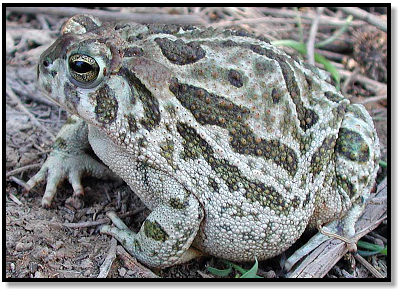

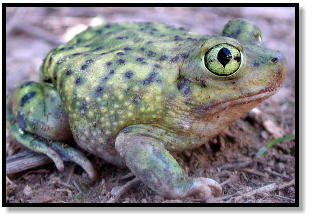
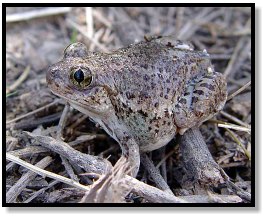


Great Plains Toad
Bufo cognatus
Couch Spadefoot Toad
Scaphiopus couchii
Southern Spadefoot Toad
Spea multipicata
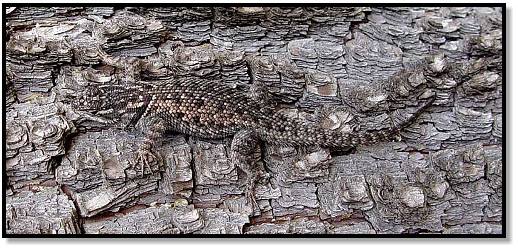
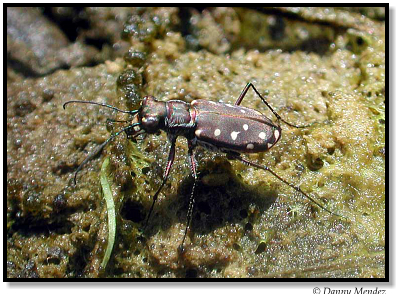
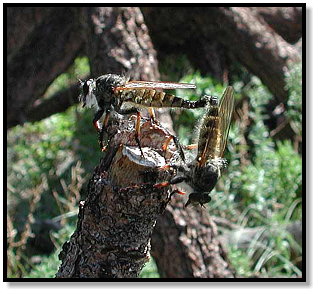


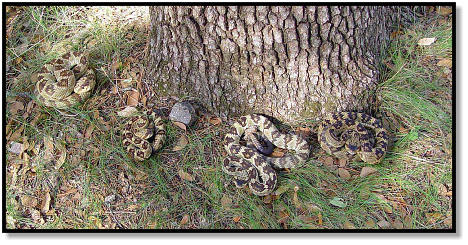


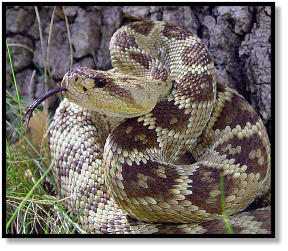

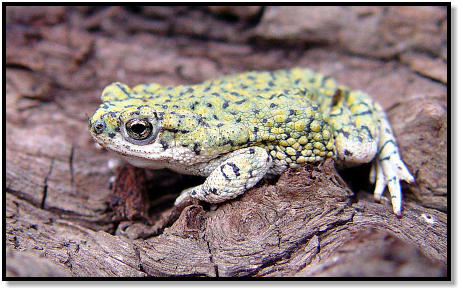
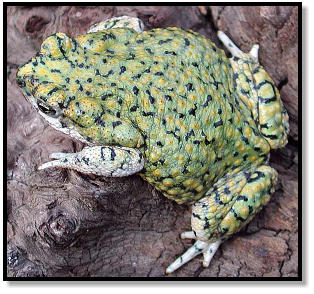
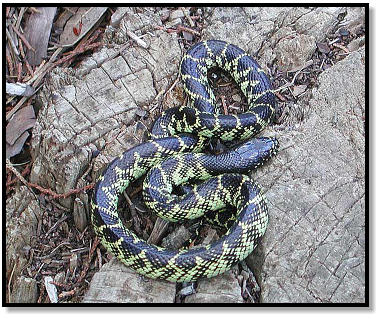
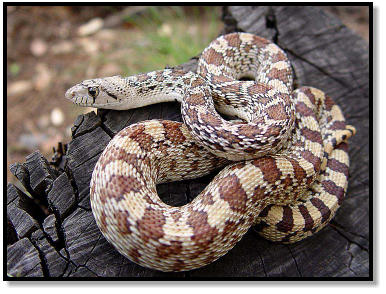
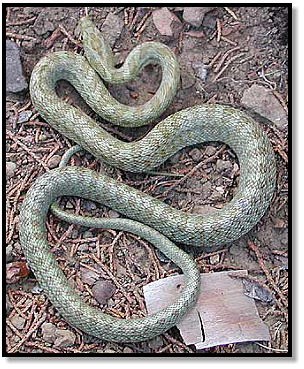

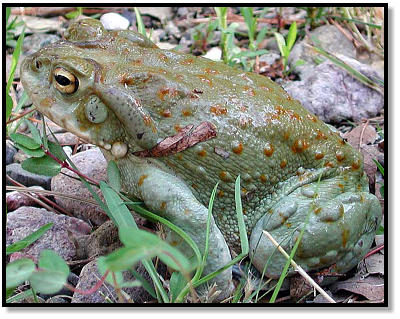


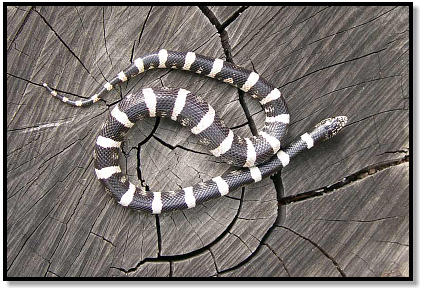

Green Toad
Bufo debilis

Green Ratsnake (juvenile)
Senticolis triapsis
Western Diamondback Rattlesnake (juvenile)
Crotalus atrox

Madrean Alligator Lizard
Elgaria kingii

Desert Kingsnake (juvenile)
Lampropeltis getula splendida
Colorado River Toad
Bufo alvarius
Long-nosed Snake (black & white phase)
Rhinocheilus lecontei
Sonoran Gopher Snake
Pituophis catenifer affinis
Mojave Rattlesnake
Crotalus scutulatus







